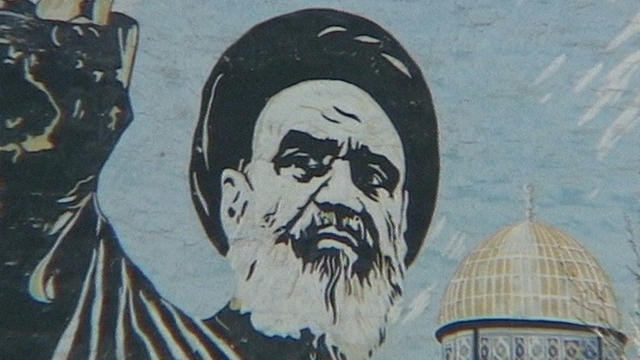Reformers on Top
Reform versus religion in Iran
 Reform in Iran has been mandated by elections in 1997. However extreme Islamic sentiments are still present - but from older people. The young are driving the new movement by illegal activities which have been prohibited by the Mullahs.
Reform in Iran has been mandated by elections in 1997. However extreme Islamic sentiments are still present - but from older people. The young are driving the new movement by illegal activities which have been prohibited by the Mullahs.
Friday prayers at Tehran university: “Death to America” shout the crowds.This is what most people in the West expect to see in Iran. 10 years ago, this pavilion would have been packed with Islamic radicals. Today, its a much smaller and older crowd, mostly bussed in from mosques around the town. Young Iranians have found a much better way to spend Fridays . They come to the mountains surrounding Tehran to picnic, flirt and dance – activities the mullahs have banned. ”This is our fun – we can’t go anywhere else,” says one young woman. Nearly 70% of the country voted for reform in 1997, when Khatami was elected President, and re-elected in 2001. But in Iran, real power rests not with the President but with the religious leader – the Ayatollah Khamenei. He controls the military, the police and the courts. The hardliners are still in charge and their enforcers are never far away. ”There have been no reforms at all. Mr Khatami has no voice,” observes one young reformer. America’s condemnation of Iran has forced the reformists to contend with America’s hardliners as well as its own. "They gave a footing to conservatives from which they were able to attack the reformists,” says reformist MP Logmanian. But the student movement is growing and providing much of the impetus for reform. A speech at a student rally by reformist cleric Dr Kadivar shows how assertive the movement has become: “To attain freedom we need to pay much more – we haven’t paid enough”.
Produced by SBS Australia
FULL SYNOPSIS

